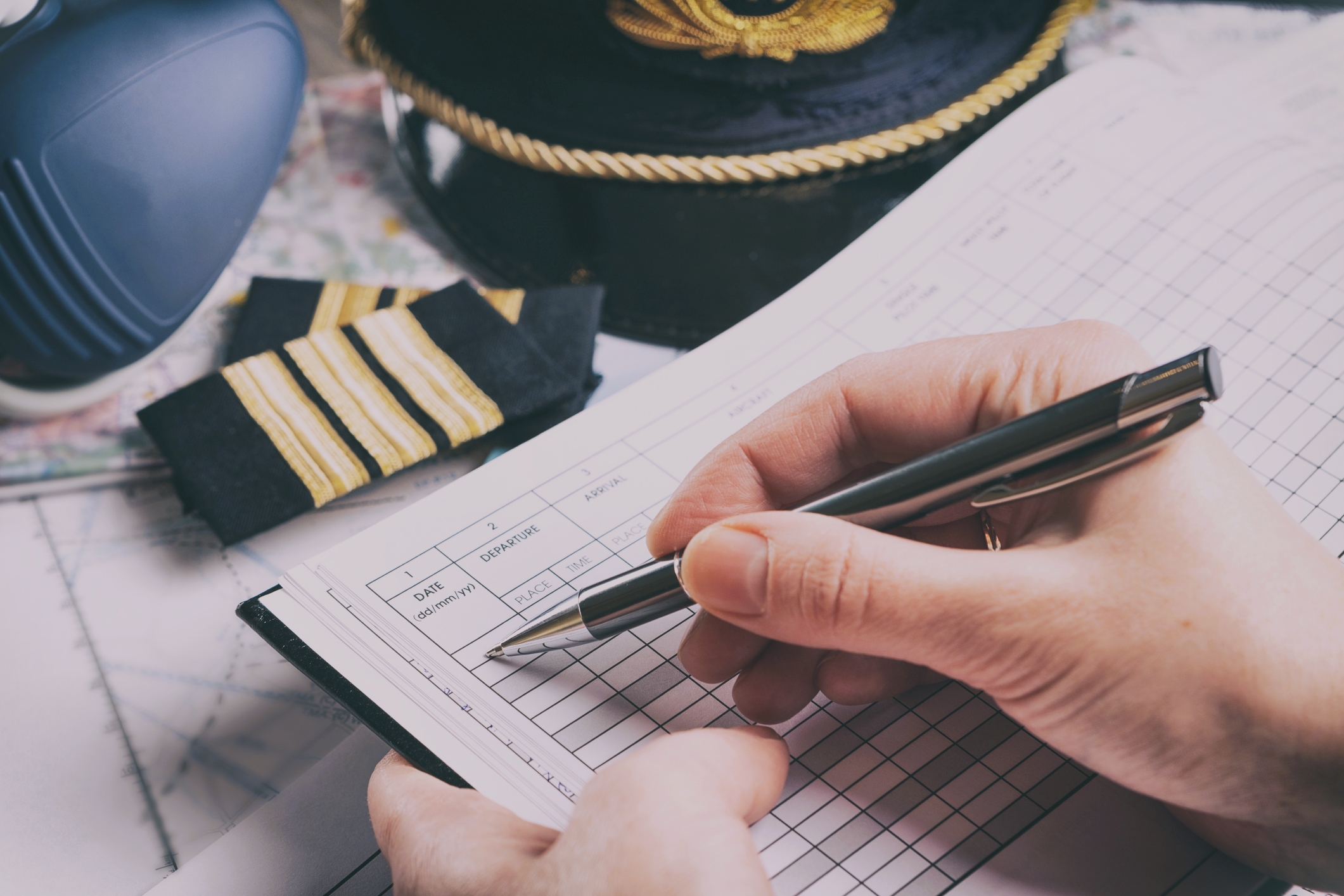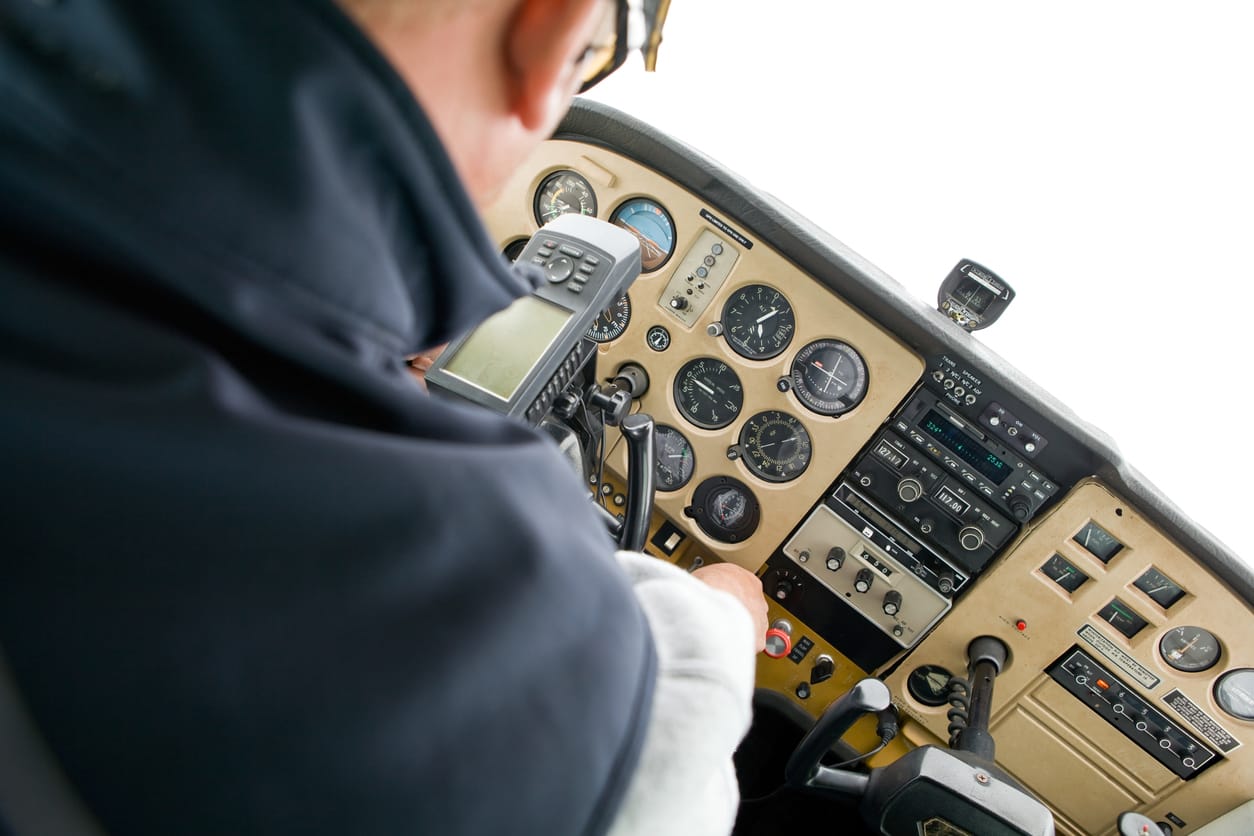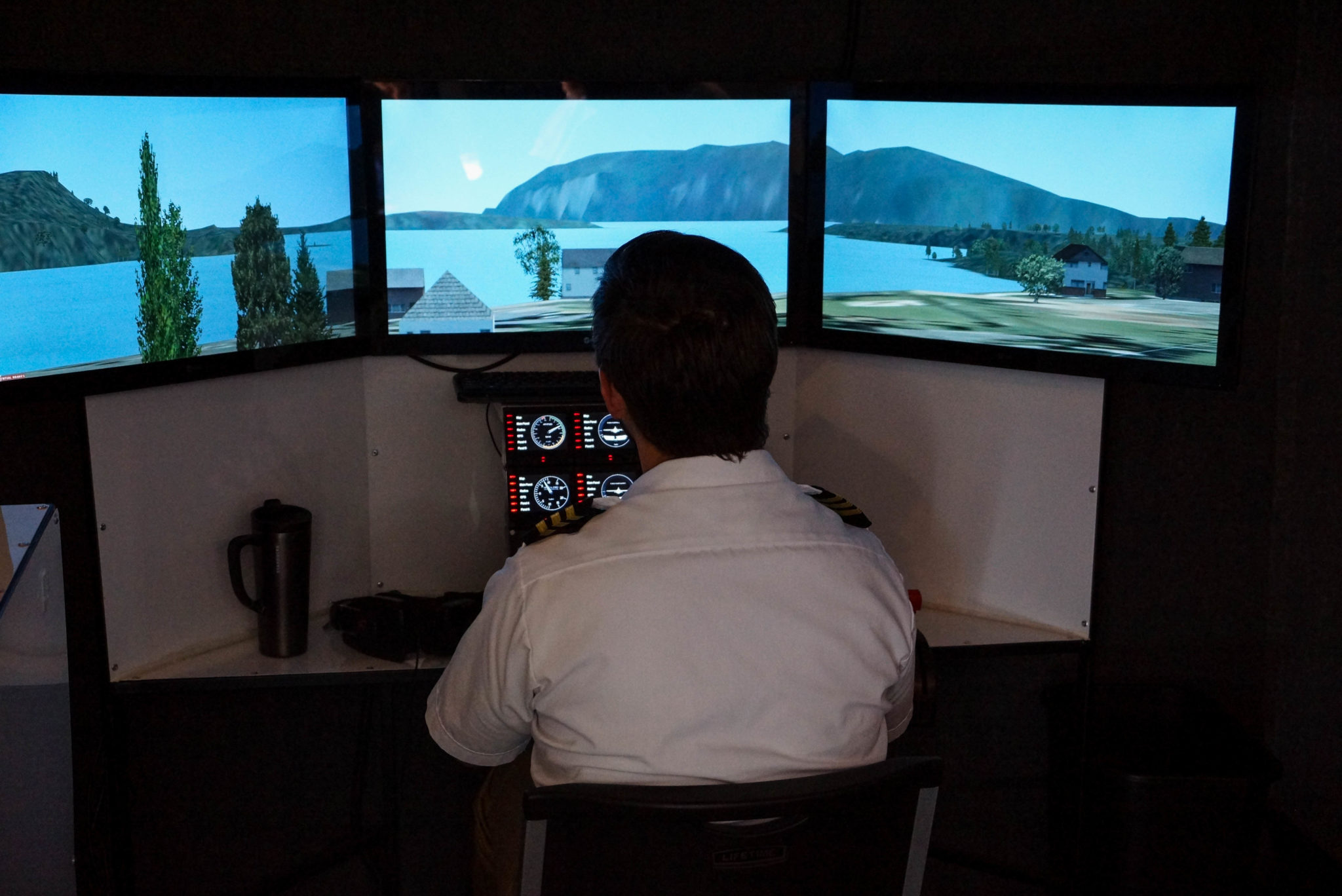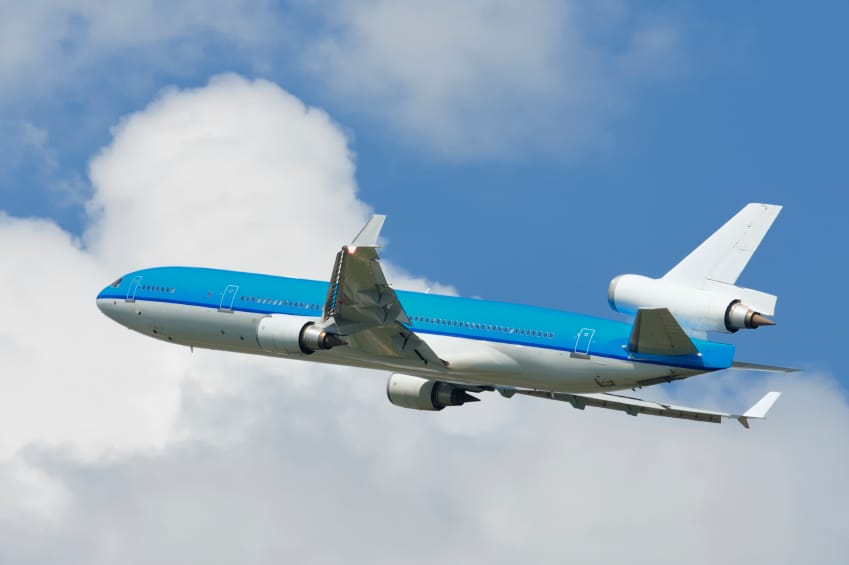Few professions require flight logbooks, especially ones that are still mainly book-style, made of paper, and need handwritten signatures (not done electronically). But as a pilot, keeping logbooks is critical to tracking your flight training and aviation growth, including hours flown in specific aircraft and the number of landings.
It may be challenging at first to change over to what may seem old-school, logging details by hand, trying to write neatly and stay within the lines, making sure all the math adds up, etc., but maintaining a neat and accurate logbook can set you apart from other pilots.
The first few logbooks you use may have several cross-outs and will probably be somewhat unorganized and sloppy. There is a lot to learn! Making errors when you begin something new is a great way to discover how to do things correctly. Here are some tips for making fewer mistakes as you learn to keep your flight logbook clean and professional.
Beginners Guide to Keeping Flight Logbooks in Tip-Top Shape
Always Use a Black or Blue Pen
Each logged entry should be in pen, with every page signed. Make sure each completed page is also totaled and signed in pen. If you can, using the same type of pen for every entry will give each page a clean, uniform look. Do not use a pencil. Your logbooks need to last for a year or more. Lead from a pencil can fade, smudge, or even get erased by accident. Pro tip: use a ruler.
Cross Out Mistakes with a Single Line
When you make a mistake, cross it neatly with a single strike-through like this. Use the margin to write, “see next line for correction.” There are other means of correction, like whiteout markers or tape, but some interviewers see this as unprofessional. Check with your instructor for the current trends.
Keep Flight Logbooks in a Controlled Environment
Protect your books from damage by keeping them in a clean, dry place. Exposing your logbooks to moisture or a humid atmosphere can ruin them. A waterproof, reclosable bag works well when you are on the go. This extra step will prevent accidents that may result in wrinkled pages, unpleasant smells, ink smudges, or worse.
Organize Flight Logbooks into a Folder
Arrange your logbooks neatly into a folder, such as an accordion or expanding file folder. Doing this will help your interviewer go through your paperwork with ease, and it will also assist you in making an excellent first impression.
Use Tabs to Label Certificate Requirements and Designate Endorsements
When interviewers go through your logbooks, they should be able to find your milestones quickly, including both certificate requirements and endorsements. Have a separate tab for each date you became qualified for a new pilot certificate. If you can, show the date and flight that earned you each experience requirement. Use a different color or section for endorsements to find them easily. Office supply stores are good places to look for tab separators or dividers. Or stay home and use your favorite online search engine!
Use Both Paper and Electronic Logbooks
Your logbooks might feel like just an obligation now, but they will also be a (hopefully pleasant) reminder of your student pilot journey. With a little bit of preparation, you can gain simple joy from logging everything by hand, knowing you will be able to take pride in the future by looking back at your growth process. Paper logbooks are preferable while you are a student because you need them for signatures.
However, it is always good to have some form of backup. There are many different kinds of electronic logbooks. Whatever you choose should keep all your details professionally documented. When you are getting ready for interviews, bring your paper logbook AND your electronic logbook. Try to habitually enter all the flight information into your computer program as soon as you log it into your paper logbook.
Backup Paper Logbooks
Electronic logbooks will back up your flight information, but they will not record signatures. The top two methods to do that are:
- Take pictures of each completed page.
- Scan the pages into your computer and save them as documents.
Keep your logbooks safe and protected in an online cloud. If you prefer to use your cellphone to take photos of every new page you have totaled, be sure to upload them to a file on your laptop. You can sync everything to a server online at a later date. If you do not find some way to electronically backup your logbook pages, and you happen to lose one, you will be losing countless hours of progress that will be difficult to recreate accurately.
Keep Accurate Flight Logbooks
While it might not be the best idea to try and set a world record for the most logbooks, it does not matter how many you have. Think quality, not quantity. Each logbook should be totaled correctly at the end, and the times documented in it accurately forwarded to the next one. In the world of airlines, you can find pilots using a small trip book to track their flight and duty times. They use these notes to log entries in their actual logbooks when they have more time to write clearly.
Log Checkride Failures
If you have failed a check ride, you should know it is not the end of the world (and you are not the only one). Document it in your logbook and know precisely where it is. It may or may not come up as an interview topic, but it is always better to be prepared just in case.
The Bottom Line
Your logbooks are a representation of you on your career journey. Someday, you will want to present yourself as a prepared and professional pilot to your potential employer. Apply these tips to maintain your logbooks, keep them organized and clean, and take care of them throughout your flight training.
Ready to soar in your aviation career?
Mr. Matthew A. Johnston has over 23 years of experience serving various roles in education and is currently serving as the President of California Aeronautical University. He maintains memberships and is a supporting participant with several aviation promoting and advocacy associations including University Aviation Association (UAA), Regional Airline Association (RAA), AOPA, NBAA, and EAA with the Young Eagles program. He is proud of his collaboration with airlines, aviation businesses and individual aviation professionals who are working with him to develop California Aeronautical University as a leader in educating aviation professionals.




